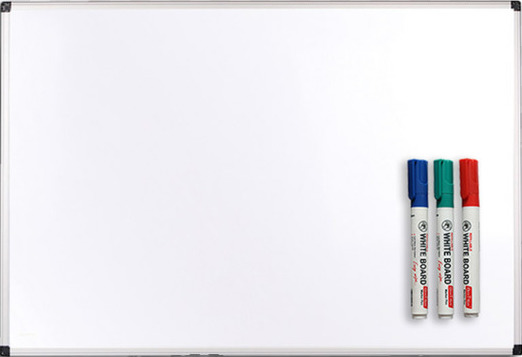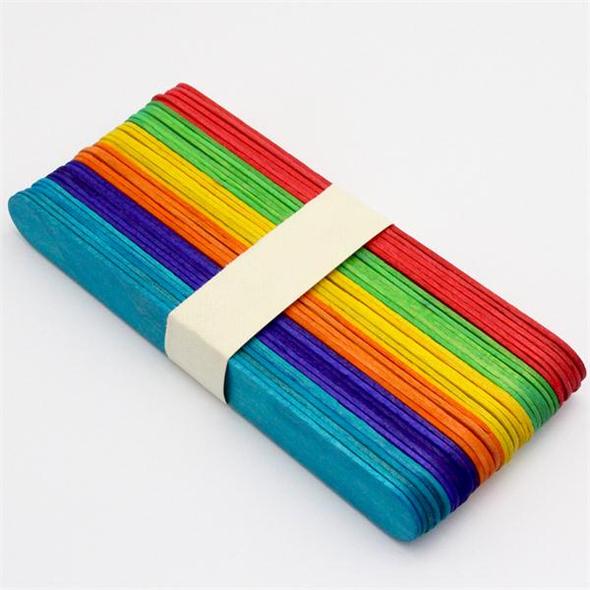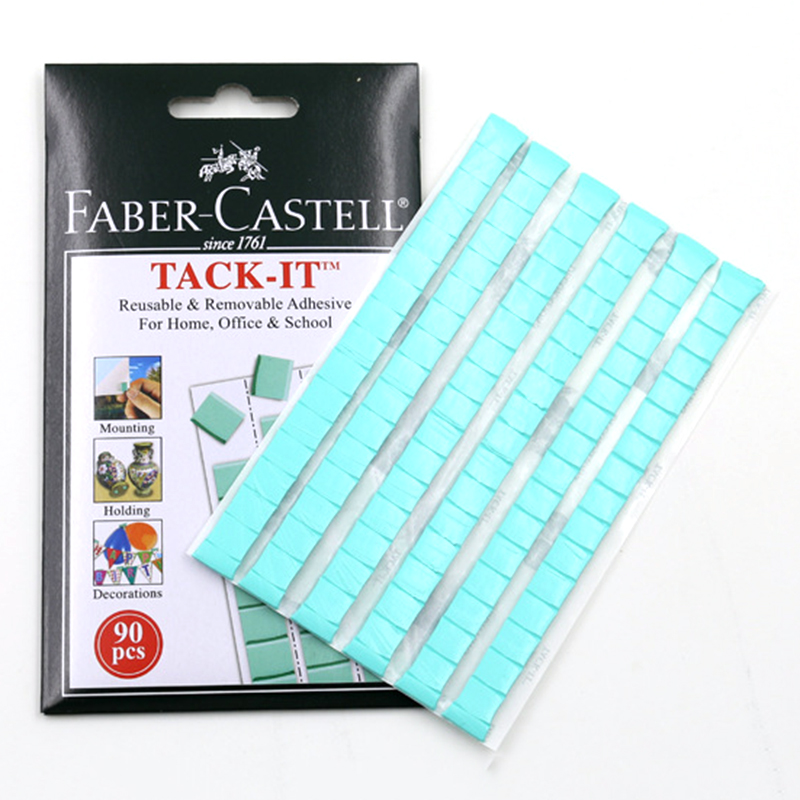The Creative Zoo
Collaboration | Team
Group: 9-Any
Time: 1-1½ h
Space: At table(s)
Energy: High
When & What
Creative and energetic activity that is helpful when introducing collaborative design, lean development, and customer-centred design. This is also useful for reinforcing concepts such as cross-functional teams, collaboration and incremental delivery.
The group is split into two (or more) teams and everyone is assigned a role to create a zoo model with playdough and craft material. The winner is the team with the most points for their zoo model at the end of the third iteration. You need a minimum of 9 people and this activity works well with larger groups.
Watch the video
This content is only available to premium members. Sign up now or learn a bit more about membership.
Preparation
- Find 1 or more volunteers to act as ‘Customers’ and give them instructions:
- To determine their vision before the first iteration — make their preferences clear in their heads (eg ‘my ideal zoo has a lot of large animals and lots of greenery’).
- Increase their availability to the teams throughout the iterations (ie sit in a corner and only reply to questions if asked in the first iteration, and mingle and proactively share information in the last).
- Set the space up for each team with paper, pens, foam or cardboard, playdough and plenty of craft material.
- Write down the safety and point rules (and later on put them up and make them visible throughout the session):
- An animal must be inside a closed enclosure.
Predators & prey must be inside different enclosures (eg lions and giraffes cannot be in the same enclosure). - For a zoo to be considered open there has to be a gate and at least 1 animal.
- The team gets 1 point for each animal.
- An animal must be inside a closed enclosure.
- Write down the rules specific to each of the 3 iterations (described in the steps below).
Steps
- Split into similar sized teams, with at least 4 people in each team. These are the Zoo Building Teams.
- Ask each Zoo Building Team to appoint a minimum of 2 people as Planners. Everyone else is a Builder.
- Introduce the goal — become the most successful zoo, by getting the most points over 3 iterations.
- Introduce the Safety and Points rules (see above in Preparation) that apply for every iteration.
- Tell the group they will have a 5-minute iteration that includes 3 phases; planning, handover and building. These cannot be overlapped.
- Introduce the rules for iteration 1:
- There are 3 phases; Planning, Handover and Building, and these phases cannot be overlapped.
- Only Planners can create a plan
- Only paper and pen can be used for the plan (craft material can only be used for building).
- Builders can only ask questions about the plan during the handover (not during planning or building).
- Builders must follow the plan.
- Ask the Builders to step away so that they cannot hear the Planners’ conversation
- The Planners start creating a plan and ask the Builders to come back once they are done.
- Give the teams a heads up half-way through the iteration and stop after 5 minutes.
- Do a safety inspection. If a zoo does not follow the safety rules, the zoo is closed and no points are given.
- For any open zoo, the customer(s) pick their favourite and reward 2 points per customer.
- Count the number of animals and write down the result.
- Give the team 3 minutes to retrospect.
- Introduce the rules for iteration 2:
- Only Planners can create the plan, but Builders can listen in and ask questions at any time.
- Everyone must follow the plan, it cannot be changed during the build.
- Planners can help in building, but only using their non-prominent hand (reflecting that they are not expert builders).
- Give the team 5 minutes for planning and building.
- Repeat the safety inspection, customer voting and animal counting steps and let them retrospect on the iteration.
- Introduce the rules for iteration 3:
- Anyone can participate in making the plan and it can be changed during the iteration.
- Planners can help in building and can use their prominent hand (as they have been up-skilled in iteration 2).
- Repeat the safety inspection, customer voting and animal counting steps.
- Tally up the numbers and announce the winner.
- Debrief.
Debrief
This content is only available to premium members. Sign up now or learn a bit more about membership.
Extra tips
This content is only available to premium members. Sign up now or learn a bit more about membership.
What you need

Whiteboard & markers

Paper & pens

Playdough

Cardboard or foam boards
Around 60*60 cm

Wooden sticks

Pipecleaners

String

Blue tack and/or glue
Anything else you think could work as zoo material
Creator
Variation of Play-Doh Zoo by Cathie Hagen, Marie-Claire Dean and Megan Cook
Download - for premium members only


0 Comments